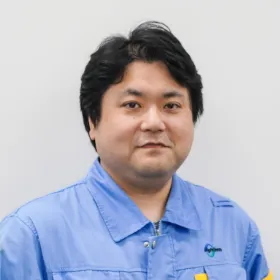
Tokyo Research Center
Chief Mr. Y
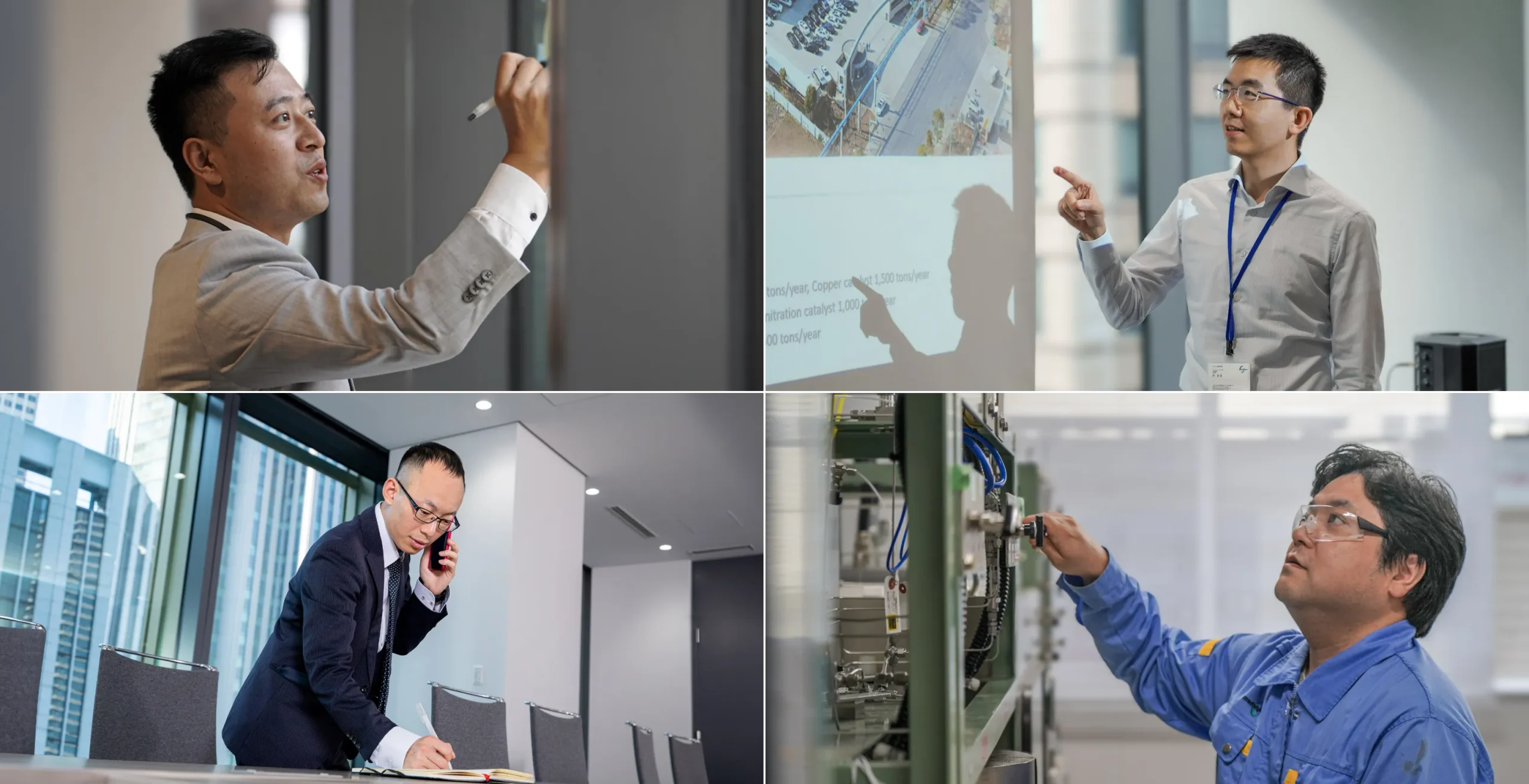
Currently, “C1 Chemical” is receiving significant attention.
In nature, petroleum and coal primarily consist of carbon clusters ranging from C6 to C12. C1 Chemical technology involves breaking down these materials to C1 and then synthesizing various chemicals from there.
C1 Chemicals are gaining attention because their starting materials contain CO2, commonly known as carbon dioxide. The development of technologies like carbon recycling (also known as CCU), which recycle CO2 to create various substances, is now a key focus in combating global warming.
Since 2010, HighChem has been actively involved in the development and commercialization of C1 Chemical technology. This includes technology licensing in China, internal catalyst production, and launching large-scale projects. Today, we hear from four young employees at HighChem who work in business development and research and development, sharing insights about their current roles and job satisfaction.
Within HighChem’s C1 Chemical business, the core focus lies in the development of SEG® technology and large-scale Licensing Business in China. SEG® technology utilizes synthetic gas (a mixture of carbon monoxide and hydrogen) as a raw material to produce ethylene glycol, a type of polyester manufacturing raw material, from non-petroleum sources. HighChem, in collaboration with Ube Industries, Ltd., has established this technology based on their fine chemical expertise, leading to the expansion of technology licensing business. Currently, they have signed annual licensing contracts with a total production capacity exceeding 10 million tons, and a plant with a production capacity of approximately 6 million tons per year has begun commercial operation.
Furthermore, in 2011, HighChem established its own catalyst factory in Nantong City, focusing on internal production of ethylene glycol catalysts. This achievement not only enables catalyst supply to licensees but also enhances research and development capabilities between Japan and China, contributing to the development of various catalysts.
Currently, these core business activities serve as the foundation for exploring various new business opportunities.

Tokyo Research Center
Chief Mr. Y
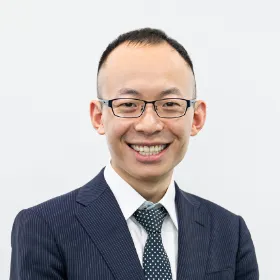
Hydrogen Energy Division
Chief Mr. W
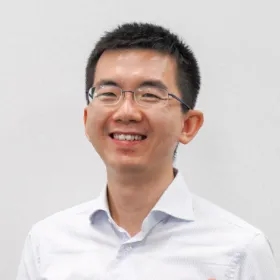
Catalysis Business Unit
Mr. S
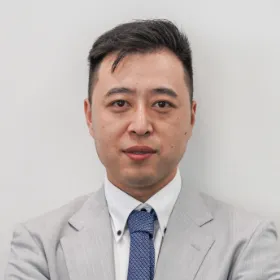
Carbon and Innovation Division
Mr. C

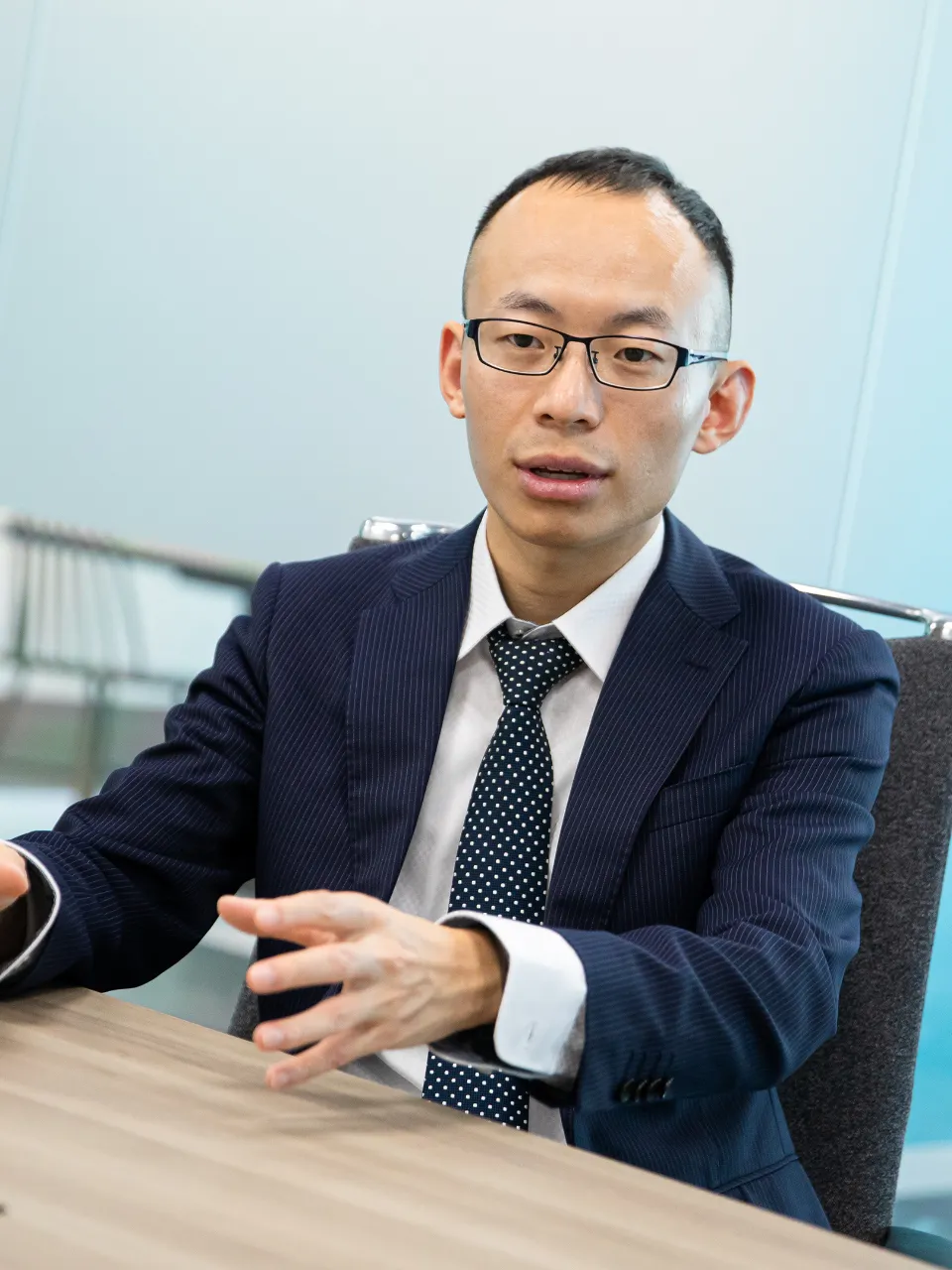
― Mr. W, who studied aerospace engineering at university, is leading several major projects in Yulin City, China, which is a huge coal-producing region.
W: In Yulin City, Shaanxi Province, China, the world’s largest annual production of 1.8 million tons SEG® project has been launched by Shaanxi Coal Industry, a major coal company. As soon as I joined the company, I became involved in this 1.8-million-ton project, participating in equipment procurement, basic design, HAZOP*, and other activities with local companies. In addition to licensing, there were business investment decisions for this project. I played an important role in equipment procurement, design review, and providing feedback on site progress during plant construction, contributing to the success of the project.
*HAZOP (Hazard and Operability Studies): A hazard identification method developed to identify potential hazards in newly developed chemical processes, evaluate their impact and consequences, and implement necessary safety measures.
Subsequently, a new electrolyte solvent plant project was initiated in Yulin. Starting from the president’s concept, I was involved in comprehensive work from the project’s inception to execution, including interactions with the field and negotiations for establishing a joint venture company.
Furthermore, as investment expanded, discussions arose about establishing the Northern Headquarters for HighChem in Yulin. I had the opportunity to work on critical tasks related to company establishment while stationed in Yulin for about a year. When we successfully established the headquarters in 2021, it was truly gratifying.
After returning to Japan, I was entrusted with leading the Hydrogen Division, a new business. Hydrogen is gaining attention as a green energy technology with significant societal contributions. While individual efforts alone may not be sufficient for its promotion, I aim to continue contributing to the success of as many projects as possible with the support of the company.
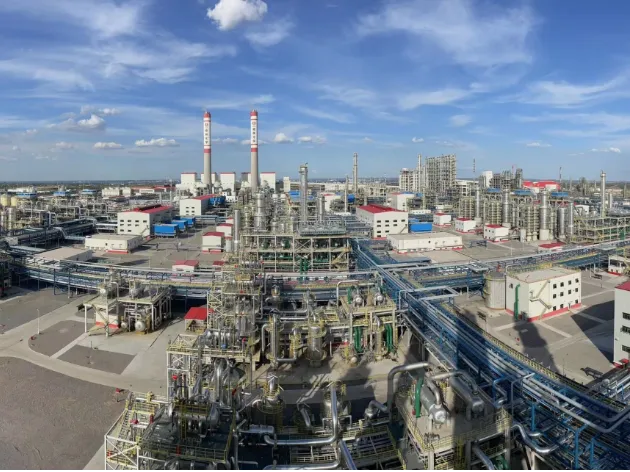
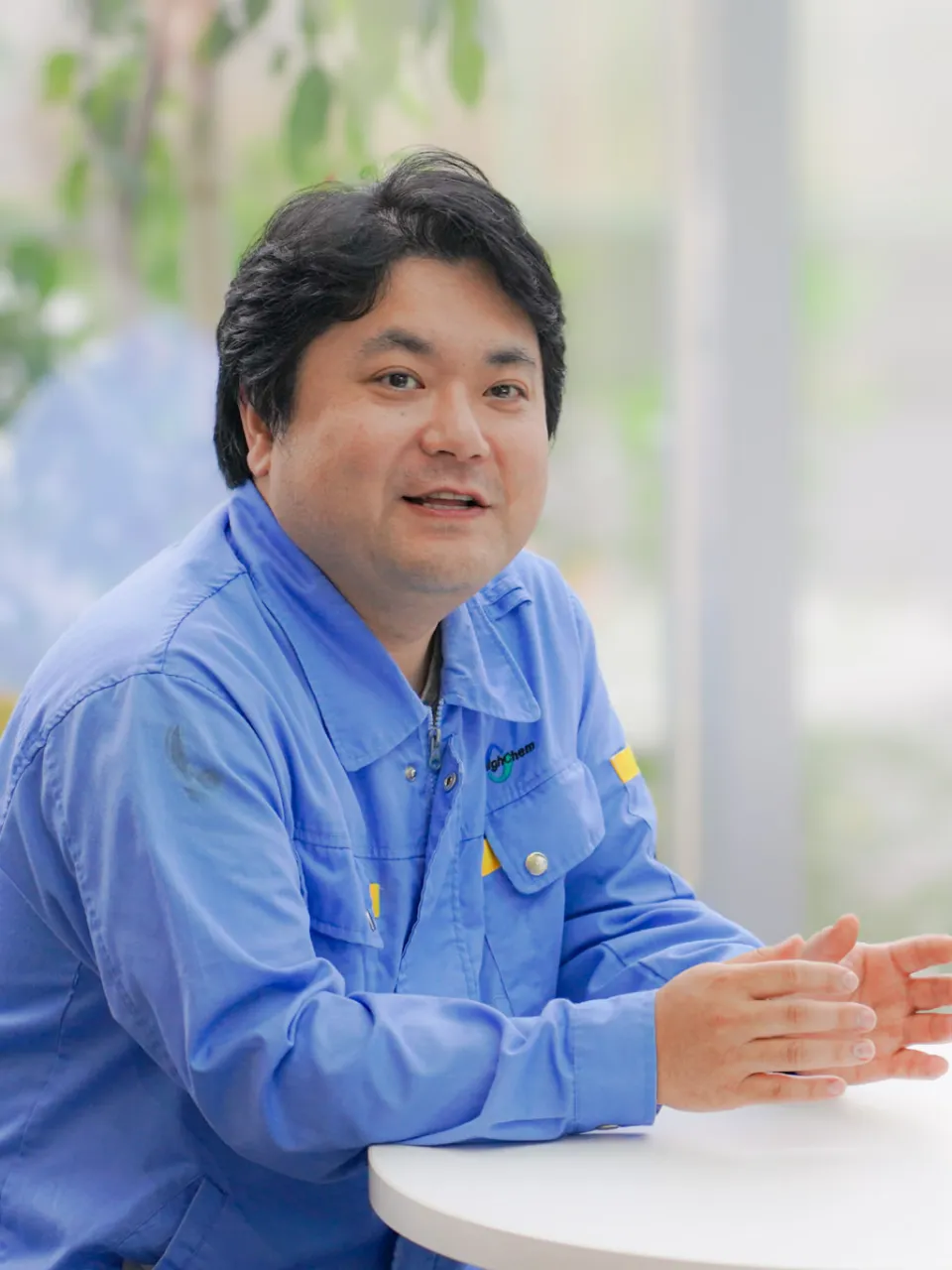
― Mr. Y, who has been engaged in catalyst research and development since university, is the head of research and development responsible for developing groundbreaking technology that recycles CO2 to produce paraxylene, a raw material for textiles.
Y: Since my university days, I’ve been involved in catalysis research and development. After joining HighChem, I worked on improving ethylene glycol catalysts. However, since 2020, I’ve been engaged in research and development for the production of paraxylene from CO2 as a raw material. This project was adopted by NEDO (New Energy and Industrial Technology Development Organization), and we’re collaborating with major companies like Toyama University and Chiyoda Corporation to advance the development.
Working on cutting-edge technologies that don’t exist yet is motivating. When I tell friends that I’m researching turning CO2 into clothing, they often respond with disbelief (laughs). Being part of such advanced research and contributing to SDGs and society is truly rewarding for a researcher.
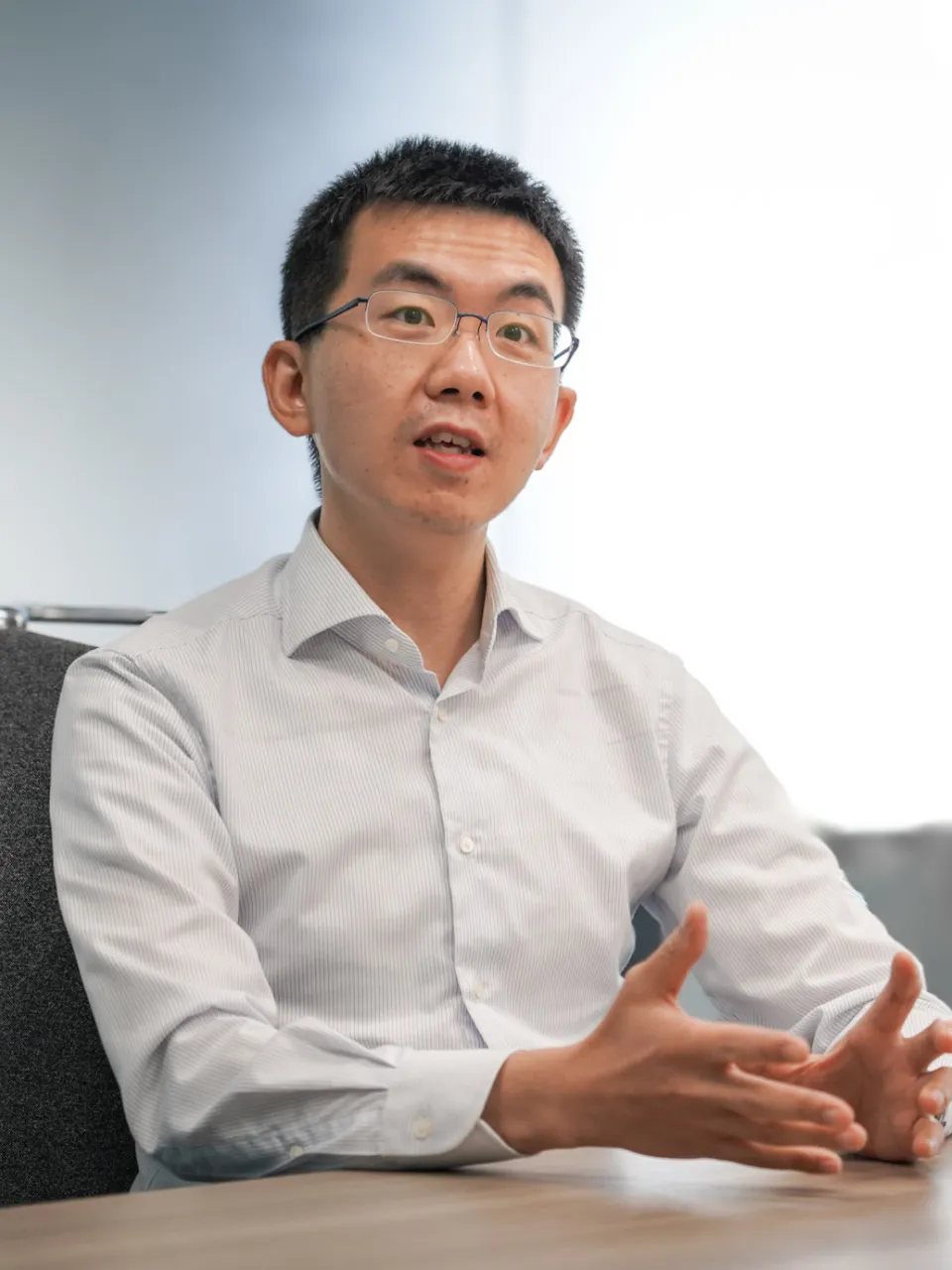
― Mr. S, who hails from a major Chinese oil company and has extensive overseas experience, has bridged the gap between Japan and China, extending to projects in Southeast Asia.
S: This is a job to introduce Japan’s carbon recycling technology to clients in Southeast Asia. It was adopted as a project by NEDO in 2022, and we began investigating its deployment potential. The investigation focuses on whether Japan’s technology, which synthesizes methane and methanol from CO2 as raw materials, can be implemented in Southeast Asia. The study was completed in 2023, and currently, clients are reviewing the information. If successful, by 2030, Japan’s technology for recycling CO2 into chemical raw materials could become a significant player in Southeast Asia, contributing to climate change prevention.
Japan’s petrochemical technology is highly regarded worldwide, but due to limited land area, it’s challenging to establish large-scale pilot facilities beyond the prototype stage. Bringing these technologies to vast locations like China and Southeast Asia is an exciting endeavor. Additionally, it contributes to strengthening Japan’s international cooperation.
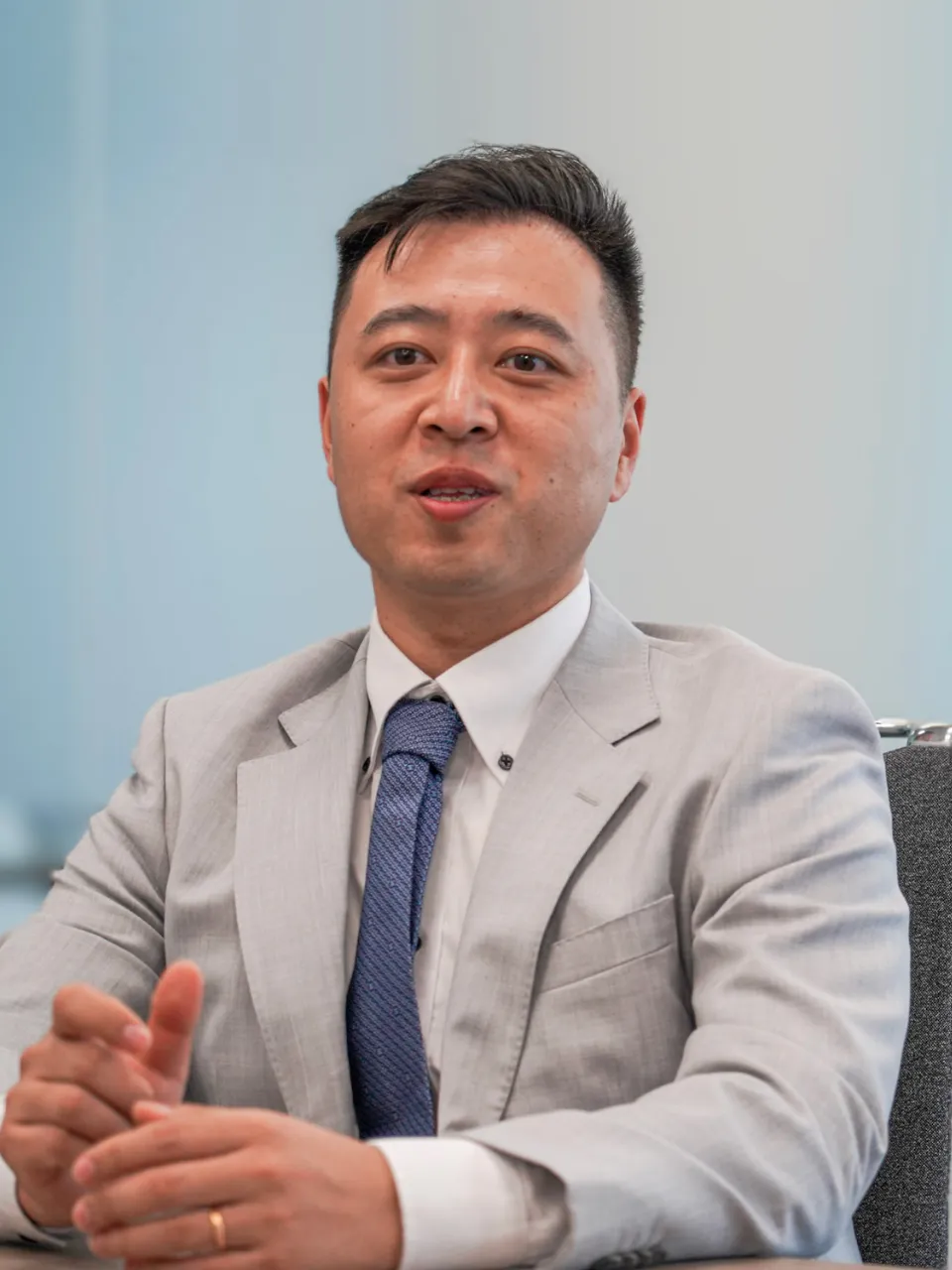
―Mr. C, who was involved in nanomaterial research at the university, is connecting C1 Chemical’s technology to biotechnology-driven development.
C: One of the projects we’re working on as part of a national initiative is the development of sustainable aviation fuel (SAF) from non-standard coconuts. SAF has garnered global attention, and we’re also exploring cutting-edge themes like business development for chemical products and biodegradable materials using biotechnology.
At C1 Chemical, identifying relevant themes is crucial for business development. We validate various papers and patents, find research topics, and collaborate with our CEO and department heads to assess intriguing and feasible development opportunities. Our mission is to successfully commercialize as many of these development projects as possible.
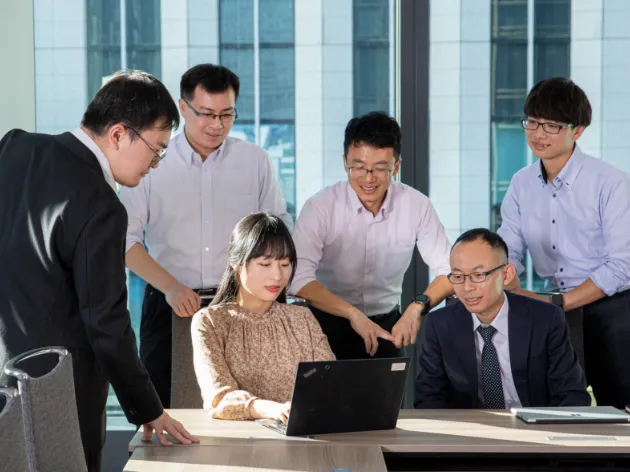
― I asked those who work on cutting-edge business development and research and development at HighChem about the excitement of working at HighChem.
1. Always facing new challenges

S: One interesting aspect of working at HighChem is the constant exposure to new challenges.
In NEDO projects, we encountered various issues related to language differences, cultural nuances, and environmental regulations. Especially when it came to technology adoption and selecting collaboration partners on-site, meticulous negotiation and coordination were essential.
Coordinating with government entities required skilled negotiation abilities. Understanding the differences in laws, regulations, and tariffs across different countries demanded significant effort, but it also provided a sense of accomplishment. Overcoming these hurdles was a crucial step toward project success and an invaluable opportunity to leave a mark in new markets, and it was personally fulfilling as well.

C: Absolutely. HighChem excels in information gathering within Japan and China’s chemical industries as a trading company. In the field of catalysts, HighChem is highly regarded in both research and development and manufacturing. Moreover, they’ve successfully leveraged the gap between China and Japan to expand their business. It’s precisely because of HighChem’s background that they can take on various new challenges .

W: Another appealing aspect is the opportunity to engage in a wide range of tasks. In my previous job, my responsibilities were narrowly defined, and specialization was the focus. However, at HighChem, success requires keeping an eye on everything. Not only technical knowledge but also business acumen is essential. Additionally, handling networking, contract negotiations, and occasionally administrative tasks are part of the job. Understanding the big picture and determining what needs to be done at any given moment provides a sense of fulfillment. The ability to learn about various aspects of work keeps things interesting.

Y: Having a certain level of “freedom” in your work is also fascinating for those involved in research and development. Within projects, expressing ideas like “I’d like to proceed this way” is often met with encouragement rather than rejection. This was quite different from my previous job, where multiple layers of approval were necessary before implementing anything.
2. Many talented colleagues

S: Another interesting aspect of working at HighChem is the abundance of highly skilled colleagues. Particularly in the catalyst department where I belong, many individuals have completed doctoral programs. Being able to share information and learn from these accomplished professionals is incredibly valuable and contributes to personal growth.

W: Indeed. In the projects I led, we formed teams with people possessing diverse knowledge and expertise. We had individuals well-versed in China’s industrial chains, experts who understood the entire process from raw materials to chemical products, and colleagues familiar with internal dynamics. Whether it was staff in Tokyo or those from our Zhengzhou, Xi’an, or Beijing branches, everyone worked together to drive the projects forward.
Each person contributed their abilities, and there was a shared determination to achieve the goal at all costs. Experiencing this collaborative atmosphere with such talented individuals is a key reason why HighChem has achieved various milestones.
― Thank you for today.